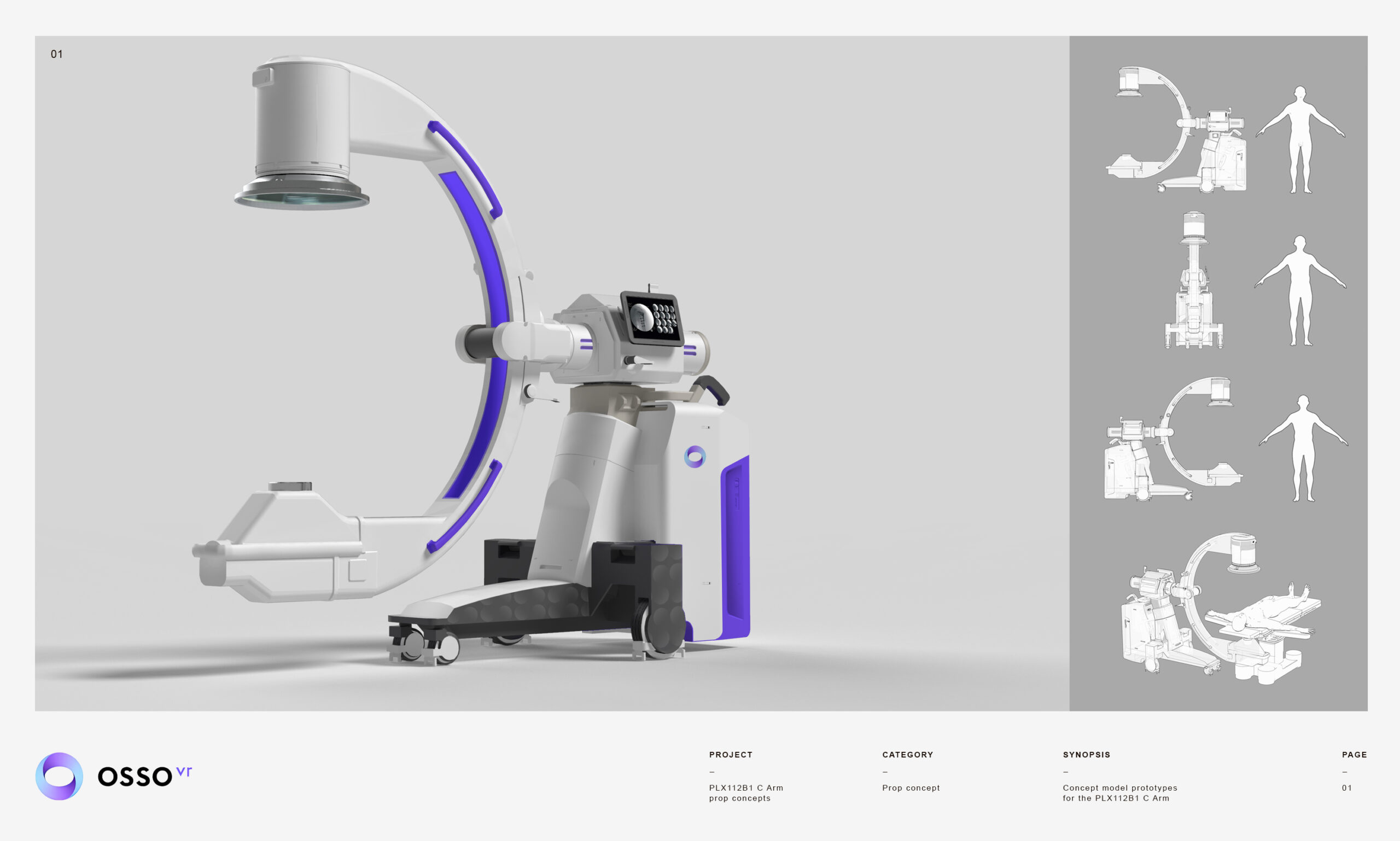We developed a fully immersive virtual reality (VR) training simulation that recreates the hands-on experience of operating and interpreting CT and ultrasound imaging in a controlled, interactive environment. This portfolio piece demonstrates how VR can bridge the gap between theoretical knowledge and clinical application, offering realistic equipment handling, anatomy visualization, and diagnostic decision-making in both modalities.
We developed a fully immersive virtual reality (VR) training simulation that recreates the hands-on experience of operating and interpreting CT and ultrasound imaging in a controlled, interactive environment. This portfolio piece demonstrates how VR can bridge the gap between theoretical knowledge and clinical application, offering realistic equipment handling, anatomy visualization, and diagnostic decision-making in both modalities.
Key Features of the VR Experience:
-
CT Simulation Module
-
Interactive CT console and gantry, allowing learners to position virtual patients, adjust scan parameters, and initiate image acquisition.
-
Volumetric 3D reconstruction of anatomical regions, including adjustable axial, sagittal, and coronal planes for diagnostic review.
-
Pathology identification challenges, guiding users to recognize abnormalities such as hemorrhages, fractures, or tumors within high-resolution datasets.
-
-
Ultrasound Simulation Module
-
Tactile probe control with haptic feedback, mimicking the feel of real-time scanning across the virtual patient’s body.
-
Dynamic soft tissue modeling, replicating the shifting appearance of vascular structures, organs, and fetal anatomy during live probe manipulation.
-
Doppler mode integration, training users to assess blood flow patterns and interpret color flow mapping.
-
-
Built-in Learning & Assessment Tools
-
Step-by-step tutorials, covering equipment orientation, patient positioning, scanning protocols, and best practices.
-
Scenario-based training, such as trauma triage or abdominal pain evaluation, reinforcing clinical reasoning and image interpretation.
-
Real-time analytics, tracking probe movement accuracy, scan completeness, diagnostic performance, and time efficiency.
-
Imaging training is a powerful demonstration of how VR can enhance radiologic and sonographic training, making it an ideal portfolio piece for educational institutions, medical imaging programs, and clinical simulation centers seeking to advance skill development through immersive, repeatable practice.
| Color | White |
|---|





